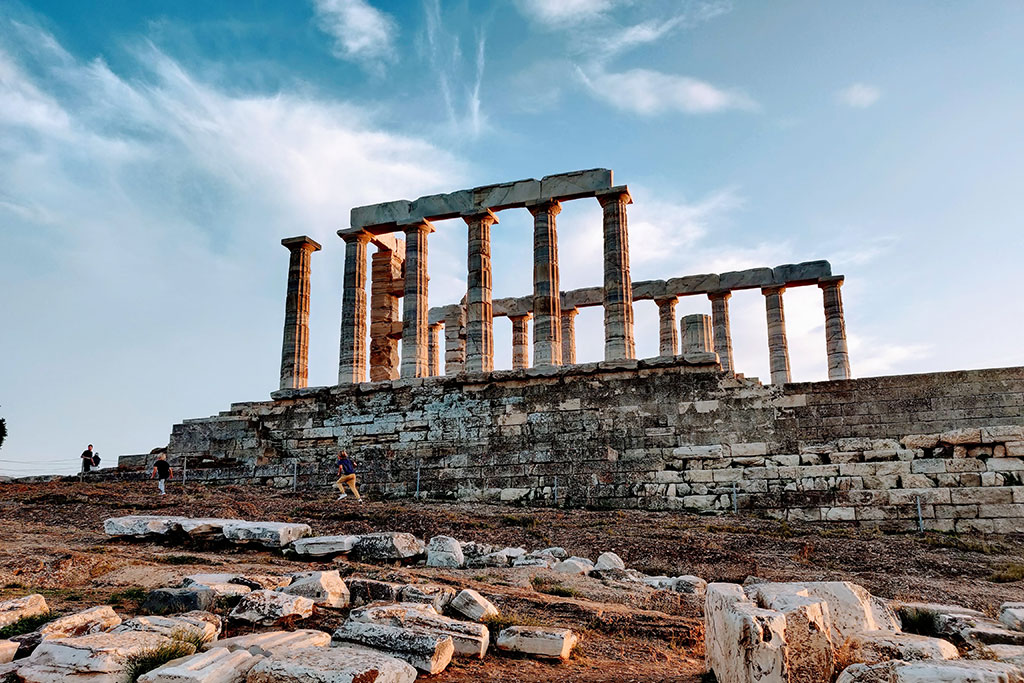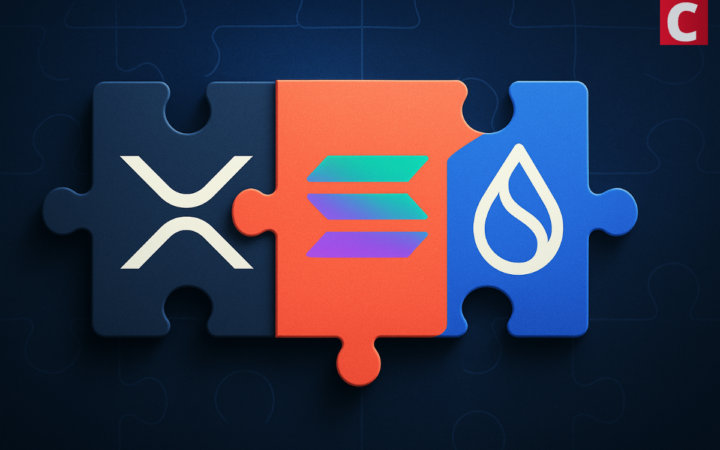
Darya is a crypto enthusiast who strongly believes in the future of blockchain. Being a hospitality professional, she is interested in finding the ways blockchain can change different industries and bring our life to a different level.
Collections submitted for verification by Salsal end up with a proven factual history of the owners and receive an immutable, permanent record of ownership transfer.
 Edited by Julia Sakovich
Updated
3 mins read
Edited by Julia Sakovich
Updated
3 mins read

Researchers have come up with a blockchain solution to confirm the authenticity of cultural artifacts. Dr. Adel Khelifi, an associate professor at Abu Dhabi University, and Dr. Mark Altaweel, a reader in Near East Archaeology at the Institute of Archaeology, University College London, have developed a blockchain tool called Salsal (also known as Agur). Salsal is a Web3-based verification-as-a-service model for determining and recording the authenticity and provenance of antiquities.
Salsal aims to provide heritage collectors with a platform to verify their collection and track an accurate history of an object’s ownership. The process of verification is pretty simple. According to the Salsal website, a collector first uploads a collection and submits it for verification. Next, experts in the collection field evaluate the collection and submit their review to the Central Verification Board. Once verified by the Board, the collection can be transformed into a non-fungible token (NFT), with the data stored on the blockchain.
Dr. Mark Altaweel commented:
“If you’re a collector, like a museum, you can upload images and descriptions about those objects, then it goes to the verifiers who check the objects are valid. We use the Museums Association certification process where you rate objects on a one to five scale (based on) how secure or how valid a collection is. The idea was that this also becomes a way to pressure those collectors – including museums – to really make sure that the items they are displaying to the public are legal. If they have an object there illegally or obtained in an unethical manner, then they should do something about it.”
Thus, collections submitted for verification by Salsal end up with a proven factual history of the owners and receive an immutable, permanent record of ownership transfer.
Currently, most regions have specific regulations when it comes to purchasing, collecting, and trading of cultural significance, especially when they are found on public or protected land. However, there is no officially recognized registry that would store the track of cultural artifacts globally. As a result of weak legislation, criminals can illegally move artifacts around, while objects with questionable provenance often become legitimized.
With blockchain, that might change. The technology has the potential to help significantly reduce fraud in the art and collectables industry.
Tasoula Hadjitofi, author of “The Icon Hunter” and CEO of the non-governmental organization Walk of Truth, said:
“Technology can help activists, volunteers, and researchers shed light and combat art trafficking.”
She has also added that Salsal could create “armies of students” to search for illegally acquired antiquities and appeal to “the conscience of collectors” to share information about their collections and return any items that are found to have been stolen.
Disclaimer: Coinspeaker is committed to providing unbiased and transparent reporting. This article aims to deliver accurate and timely information but should not be taken as financial or investment advice. Since market conditions can change rapidly, we encourage you to verify information on your own and consult with a professional before making any decisions based on this content.

Darya is a crypto enthusiast who strongly believes in the future of blockchain. Being a hospitality professional, she is interested in finding the ways blockchain can change different industries and bring our life to a different level.





